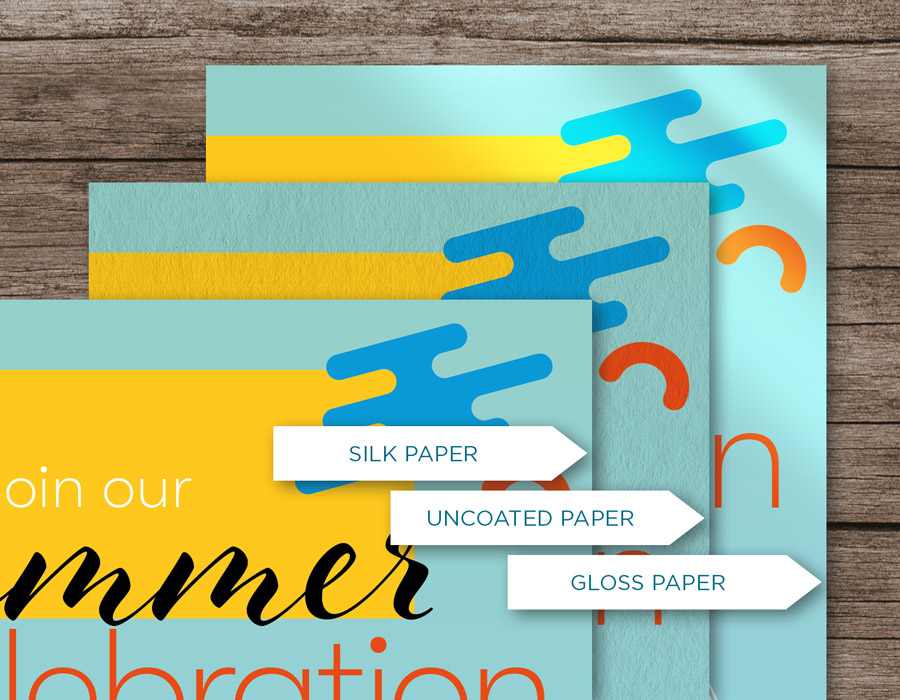Colour variance
Due to the four-colour CMYK ink printing method, the range of paper types and laminations, along with digital and litho printing configurations, colour variations may occur.
CMYK
Since printing relies on the CMYK process, which mixes four colours of ink (Cyan, Magenta, Yellow, and Black), it's natural for there to be minor variations in colour.
This variation might mean that colours appear slightly altered on paper at the beginning of a large print job compared to those at the end. Furthermore, these variances can become more pronounced between different print batches.
To reduce the impact of these colour differences, we suggest several optimal CMYK values.
We strive to keep colour discrepancies as minimal as possible. However, it's important to note that matching colours with prints from other providers is something we might not always achieve.

Digital vs Litho
Digital and litho printing processes yield variations in colour output. Imagine a digital printer as an oversized office printer, perfect for shorter print runs, whereas litho printing, with its wet ink and metal plates pressed onto paper, excels at larger quantities. Both methods utilise CMYK inks, but due to the distinct manufacturing techniques, there's a slight difference in the colour production.
Litho printing, in particular, can maintain colour consistency more reliably across a print job compared to digital printing. For a deeper dive into how these two printing methods compare, please read our guide below.

Paper types
Printing the same design on both silk and uncoated paper will result in colour differences due to how each paper absorbs the CMYK ink.
Silk paper is your go-to for the truest colour replication, whereas gloss paper intensifies colour saturation, and uncoated or recycled paper tends to make the final colour appear darker and less vibrant.
Keep these characteristics in consideration when selecting your printing paper, particularly as uncoated papers have gained significant popularity lately.

Laminations
Just like with paper types, laminated finishes can influence the final colours of your print project.
Take for instance, silk paper paired with matt lamination is a popular pick for cover papers, mainly because matt lamination cuts down on glare. This type of lamination can also make colours a bit less vibrant and may add a subtle coloured tint. In the same way, gloss paper benefits from gloss laminate, which boosts colour vibrancy and adds an additional shiny coating to your cover paper.






